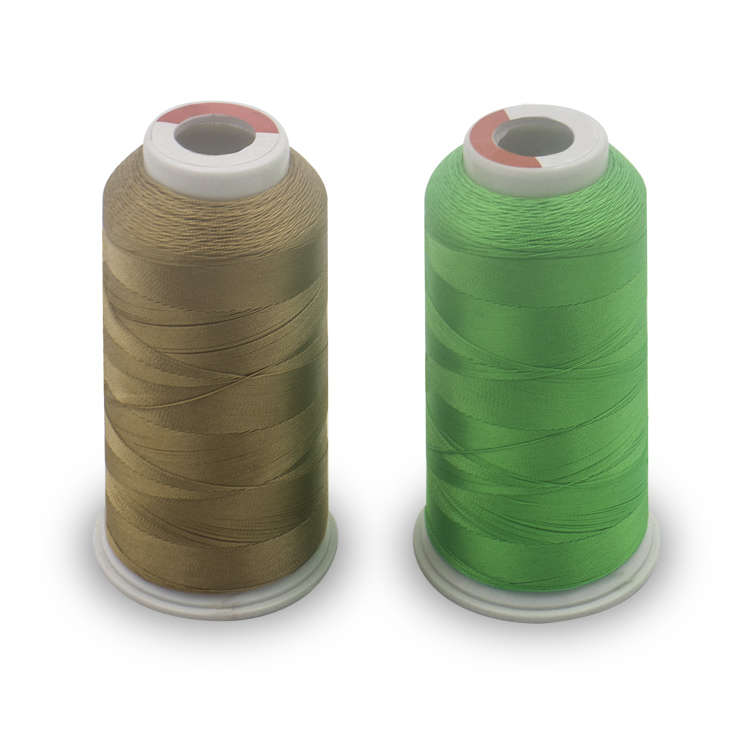
Nylon yarn VS traditional elastic fiber yarns
(1) The new visual expression brought about by the adaptability of nylon yarn finishing process, which is suitable for various processing methods, such as antique finishing, velveting finishing and abrasive finishing, enzymatic treatment and fibrillation finishing, endows the fabric with high quality.
(2) The unique fiber structure of nylon yarn brings the functional sense of dryness and air permeability - because of the two-component helical structure, the cross-section of the fiber forms an 8-shaped groove, which has the characteristics of moisture conduction and quick drying.
(3) The best comfort and convenience of nylon yarn-moderate elasticity ensures comfortable fit for wearing, and the elastic recovery of nylon yarn can keep the original state after wearing many times, which is very convenient to handle.
(4) The smallest shrinkage of nylon yarn - the garments they make are washable and have good dimensional stability.
LiQi nylon yarn is the most stable in performance. We can provide products of various colors and nylon yarn hanging tags. There are 50D - 450D specifications for customers to develop new products. We hope to cooperate with companies.

Product Specification and Usage of Nylon yarn
The specifications of nylon yarn two-component high elasticity yarn are 50d/23f, 75d/34f, 100d/34f, 150d/68f, 150d/68f, 200d/68f, 300d/136f. Finer denier yarns are suitable for knitted elastic fabrics, and thicker denier yarns are suitable for denim and heavy elastic fabrics, such as:
50d/23f warp knitting
75d/34f and 100d/34f are suitable for making underwear and gymnastic clothes
150d/68f and 200d/68f are suitable for making men's and women's coats, trousers and sportswear
300d/136f is suitable for making denim and heavy elastic twill
Nylon yarn two-component high elasticity yarn can be used as warp yarn and weft yarn, widely used for jeans weft yarn
The difference between nylon yarn fabrics and ordinary fabrics in the later use process is that after weaving, the fabric is pre-shaped before dyeing in order to show the elasticity of nylon yarn, so the subsequent process is weaving, pre-shaped, dyeing and finishing.
Requirements for use
1. Weaving
Nylon yarn can be knitted and woven. Twist weave is suitable for weaving. If plain weave is used, one or two structures should be avoided. Looser structure is beneficial to fully embody the elasticity of nylon yarn. The tension control of nylon yarn during weaving is more suitable when the deformation tension is less than 0.8 times. The deformation tension of nylon yarn of various specifications is as follows:
Denier Deformation Tension Suggested Weaving Tension
50D 61g < 48g
75D 91g < 72g
150D 180g < 144g
300D 360g < 288g
600D 720g < 576g
T100 is good for use without twisting. The elasticity decreases with the increase of twist.

2. Prefabrication
After nylon yarn is weaved, it is necessary to predefine the fabric in a relaxed state before dyeing. The predefined yarn is boiled in boiling water at 100 C for 15 minutes. In this process, excessive tension can not be applied to the fabric, so as not to fully reflect the elasticity.
3. Dyeing
Disperse dyes are used in nylon yarn dyeing. The dyeing temperature is controlled at 115-125 C, the heating rate is slightly lower than that of PET, and the setting temperature of nylon yarn is controlled at 140-170 C for 30 seconds, which is conducive to maintaining the elasticity of the fabric.
4. Post-finishing
Nylon yarn can be treated with normal alkali, softening and sand washing.




